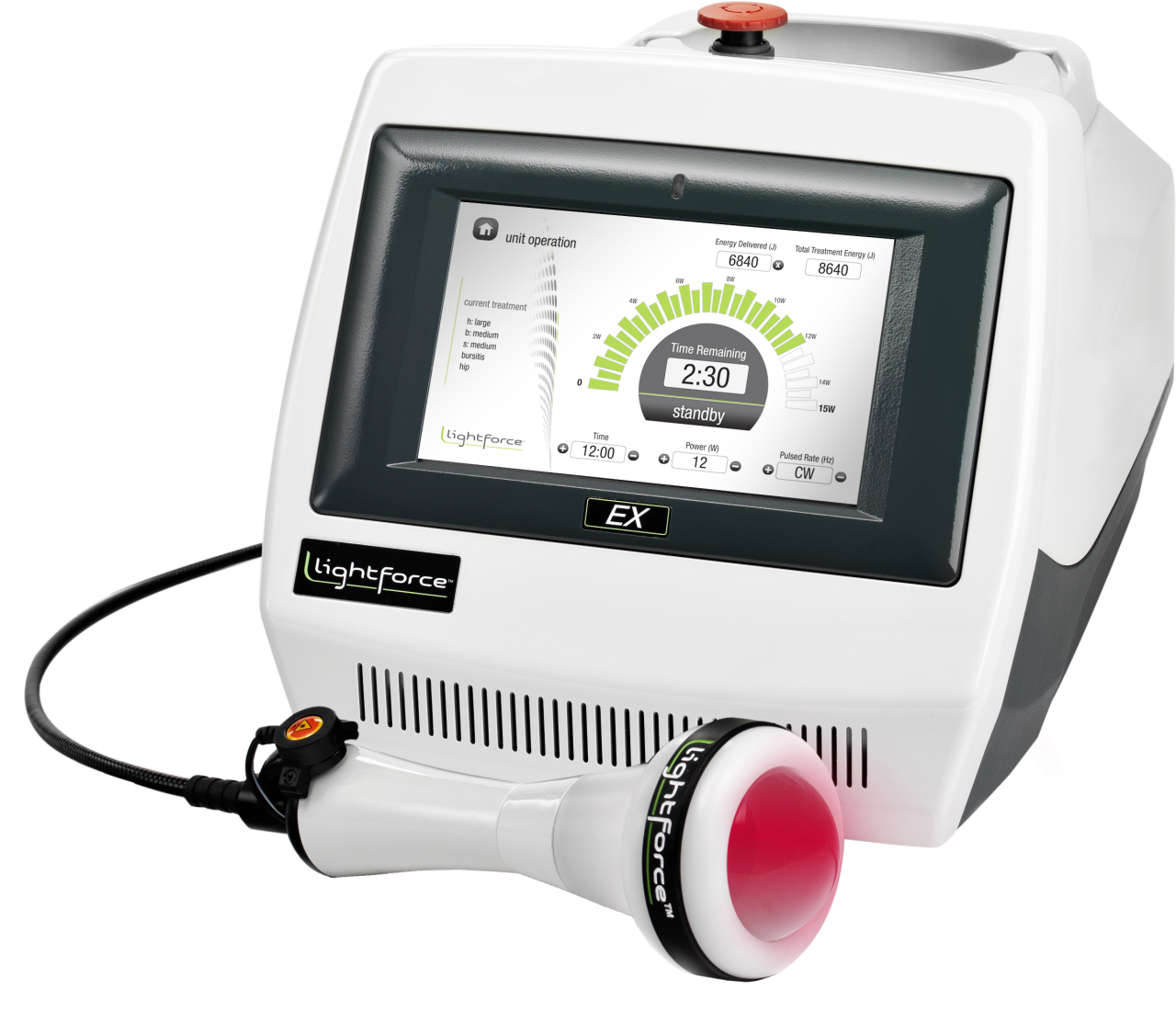You could have frozen shoulder if you have pain at end ranges, especially with moving your arm out to side and outward rotation of your arm AND you cannot complete your normal shoulder range of motion. For example:
• You can barely lift or rotate your arm out to the side and you are stopped from doing so because of pain.
• Often, nothing happened to cause this OR after you have had a sore shoulder for a while. In other words, you didn’t fall or have an acute injury.
• With frozen shoulder, pain can occur when touching your hair or head, reaching for a seatbelt, getting dressed.
• Once the limited and painful stage (see stages below) really sets in, aggravations also include almost any movement, psychological stress, exposure to cold or vibration, sleeping on it and even changes in weather.
• Signs and symptoms typically begin gradually (sometimes suddenly/wake up with it), worsen over time and then 90% resolve, usually within a two-year period but adhesions and reduced mobility can remain if left untreated.
• Your risk of developing frozen shoulder increases if you’ve recently had to have your arm immobilized/surgery. It can also develop overnight without any significant cause, although a significant number of cases involve diabetes and/or underlying blood sugar abnormalities.
• Frozen shoulder most frequently occurs in our (30s), 40s and 50s.
Stages and treatments:
1. Painful stage (3 to 8 months):
Pain typically worse at night and almost everything hurts, especially at end ranges which are very limited. Class 4 laser is typically used here for pain management (and healing) as well as ‘light’ Active Release Techniques (as tolerated) and exercises to gently encourage improvement of movement.
2. Adhesive stage (4 to 6 months):
Less night pain but still very reduced mobility. Treatments include Active Release Techniques and Shockwave (+/- Laser) to break up adhesions (laser) and specific exercises to increase function/mobility and limit pain.
3. Recovery stage (1 to 3 months):
Considered the ‘thawing’ or regressive phase. Here it is crucial to release any scar tissue/adhesions to regain full mobility to prevent a recurrence and regain full range of motion. Further exercises and continued Active Release (+/- SW) are used in this stage. Secondary contractures can also occur and may need treatment in the chest and back muscles (pecs, lats, teres major).
NOTE: It is a good idea to rule out occult Type 2 diabetes, hyperthyroidism, hypertriglyceridemia, or any other problems/arthritis of the shoulder/body.
Treatments are severity and phase based
Treatments may include Chiropractic (at your discretion and with your consent), Active Release Techniques (scar tissue release and mobility), Shockwave Therapy (calcification and deep scar tissue breakdown), Class 3B or 4 laser (penetrates into the rotator cuff tendons to promote healing and reduce inflammation) and stretching and rehabilitative exercises.
Often, 3-6 treatments are required for significant improvement/healing.
 Frozen Shoulder / Adhesive Capsulitis
Frozen Shoulder / Adhesive Capsulitis